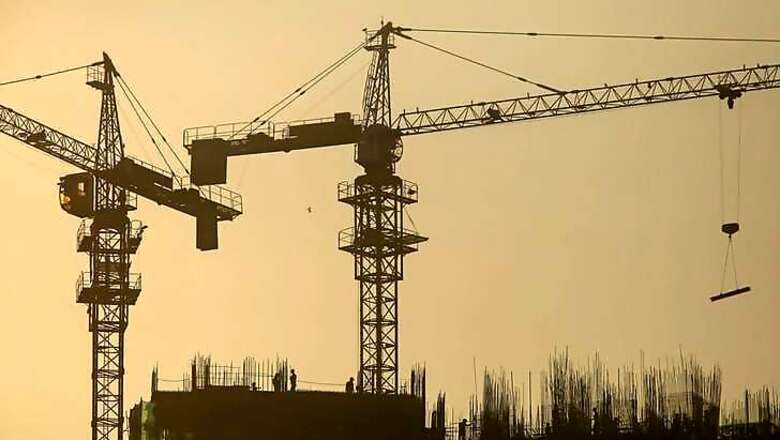
views
India's economy probably lost momentum towards the end of 2015 on dwindling domestic and global demand even as the RBI eased policy four times to boost growth last year, a Reuters poll has found.
Shrinking orders from the United States and Europe and a competitively weaker Chinese yuan contributed to a 14.75 percent plunge in exports in December from a year earlier, marking the 13th straight month of decline.
Although that would further add to evidence of a global economic slowdown getting entrenched, driven by China, India is still poised to outpace its neighbour comfortably.
The latest poll of more than 30 economists showed gross domestic product (GDP) growth slowed to 7.3 percent in the October to December quarter last year, down from the 7.4 percent in the previous quarter.
However, that consensus is still much higher than China's most recent growth rate of 6.8 percent in the fourth quarter.
"We have seen a sizeable deceleration in growth momentum in the third quarter (Oct-Dec), whether you look at core industries or indicative PMI – manufacturing and within services. The other indicators were holding, but not getting better sequentially," said Shubhada Rao, chief economist at Yes Bank.
"Exports have shrunk, bearing the brunt of what's happening in China and globally. (Even domestic demand) is not picking up in a manner in which one would have thought," she added.
Doubts regarding the new methodology being used to calculate India's GDP persist, with the RBI turning to hybrid models to better understand the state of the economy.
The economy is unlikely to get a significant boost from monetary policy either this year, with economists in a recent Reuters survey predicting the RBI would cut rates only once this year.
Even though there are growing calls for more rate cuts from the central bank, Governor Raghuram Rajan has put the onus on the Narendra Modi government to implement promised economic reforms instead to maintain macroeconomic stability.
Finance Minister Arun Jaitley will present his budget for the coming fiscal year 2016/17 on February 29 and is faced with a tough choice of whether to increase borrowing and raise the fiscal deficit target to 3.7 percent of GDP from 3.5 percent.



















Comments
0 comment